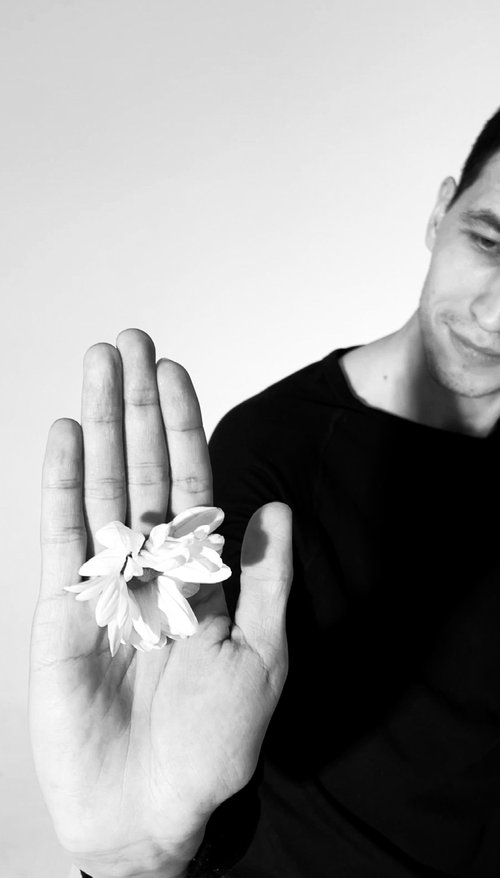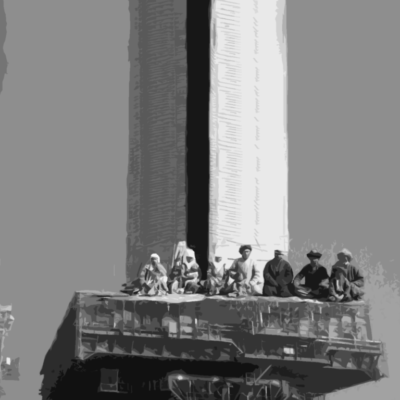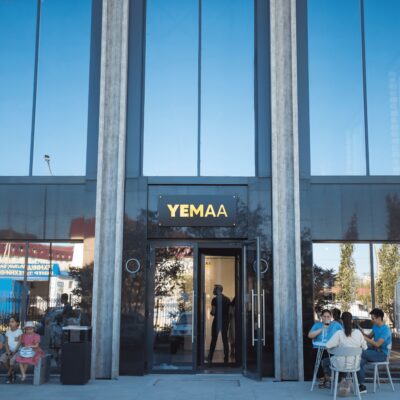Recording a choreographic number on camera is not a new thing, it is known that the Lumiere brothers were obsessed with the Serpentine dance by American dancer Loy Fuller and captured it on film, and Thomas Edison filmed the pioneers of American Art Nouveau Ruth Saint Denis and Ted Sean. It is interesting that cinema and modern dance were born at the same time. However, dance and cinema continue to merge again and again into new types and forms of art.
Over time, dance, following other forms of art, has adapted to the new digital reality. The world has seen a new genre: a film-dance, plastic film, screendance, physical film. A film-dance is a very inspiring form of cinema art. Due to its diversity and layering, it allows artists to develop in the most unexpected directions and invariably surprises those who engage in it year after year. The potential of a movie dancer is huge, and interest in him is constantly growing despite the fact that this genre has been known for a long time, but is not very popular in Kazakhstan.
We talked with Dasha Lyubimova, a choreographer and director, about what a movie dancer is, how it differs from the usual perception of choreography in cinema and how a new art form feels in Kazakhstan.

Dasha, tell us how you discovered the form of a modern movie dancer?
In fact, I opened it completely by accident. When I created my first project "Dancing Pictures" with my friends, no one knew about this genre and that it was so called (ed. 2019). All the participants were cool dancers, each in their own direction. I knew that each of them would be able to tell a story with the help of dance moves. It was an experiment for everyone and actually it was very easy and fun on the set. Only later, when I started applying for international festivals, I found out about videodance.
Does the genre of the movie dance suggest the style of ballet or contemporary?
There can be absolutely any dance direction. Absolutely different styles danced in my projects: Hip Hop, Popping, Locking, Waacking, Tribal, Contemporary. There are no bindings to any particular style at all.
How does a movie dance differ from the usual perception of choreography in a cinematograph?
Videodance differs in that it does not use words, singing, etc. The actors only dance – this is their language of presenting the story. It's like Charlie Chaplin's movies, there are no words, but if Chaplin's everything goes just by actions, then videodance – everything goes through dance. This is not just plotless choreography to music, all movements are built to express some emotion as much as possible, so that the viewer understands the theme that is carried in Videodance through dance.
You note that your works "live" only in digital format, but at the same time dance – as an art form – traditionally lives offline. Is it possible to put a dance from the screen (movie dance) live?
It is possible, but it will be a performance, not a videodance. Videodance, however, is closer to cinema.
What monetization opportunities do such art forms have?
Sometimes there are cash prizes at film festivals. In terms of work, I think it's commercial shooting of advertisements, clips, etc. But so far I haven't received any royalties for my projects.
How does the Kazakhstani audience perceive such a format?
In different ways. Someone is interested, someone likes it, but I have also encountered hate and devalue. As, probably, any artist.
Have you ever encountered a disdainful attitude towards movie dance as an art form?
Yes, it happened once when the project "Dancing Paintings" entered the TOP 16 of the Halyk Art Prize competition in 2019. The winner was chosen by voting on Facebook and the comments that were written under my works were terrifying. They said that it was not art, "not enough art", etc. But how many people — so many opinions. I take it calmly.
And yet, is the person who creates such stories a choreographer, director or artist?
He is a choreographer and director. In general, the more versatile you are, the better. Here it is important to be able to see and create stories, and dance is your "language" in which you tell the viewer a story. At some point, I got tired of just choreographing tracks, and I wanted to put something more into it.
How is your thought and super-idea expressed as an artist in a movie dance?
Videodance — for the most part, it is a kind of abstraction. Trying to express or convey some idea, I select movements for the dancer or we look for them together. Plus, I add props, locations and everything else so that it also "speaks", is used to enhance emotions or meaning. But here it is necessary not to overload the work with such "tools", since it is important that the viewer understands.
Can we see a movie dance in the format of a full-length film on the big screen in the future?
To be honest, it seems to me, in a full–length format - it will be tedious for the viewer. Maybe someone will do this, but not me. I love the short format.
What problems do you face as an artist in Kazakhstan?
In my opinion, the biggest problem is the lack of support for creative figures, including information. For example, this is my first interview for a Kazakhstan portal. I applied directly to several online portals, where they simply did not answer me, or refused. In general, I noticed that we only support "our own", if you don't have friendly ties with someone, etc., then you are nobody and what you do doesn't matter. Or if you "lit up" somewhere abroad.
Well, probably the lack of financial support. I did all the projects at my own expense, and on the enthusiasm of my friends who were ready and willing to help me – these are dancers, video makers, and production designers. And there are a lot of the same guys (who do everything at their own expense).
Dasha, what are you dreaming about?
I dream of shooting projects abroad. I would really like to work and create a clip for Stromae. And, of course, I would like to make money on it.
Dasha Lyubimova is a choreographer, director and art director. In 2019, she presented her first project in the genre of film dance – "Dancing Pictures", which took part in several international festivals. In 2020, Dasha created UNSEEN, a project showing the attitude of society towards all women who have been subjected to violence. UNSEEN has received ten international awards and nominations at film festivals. In 2021, the audience saw the ALA AIR project, demonstrating the attitude of citizens and authorities to the environment in Almaty. The project was selected to participate in the DigitalArt4Climate festival and was shown at the Global Climate Change Conference COP26 and in several NFT museums.






Announcement: opening of the exhibition "Family as art" and the traditional meeting of Onermen Kezdesy
Family Art: group exhibition "Shezhire" together with Art of Her